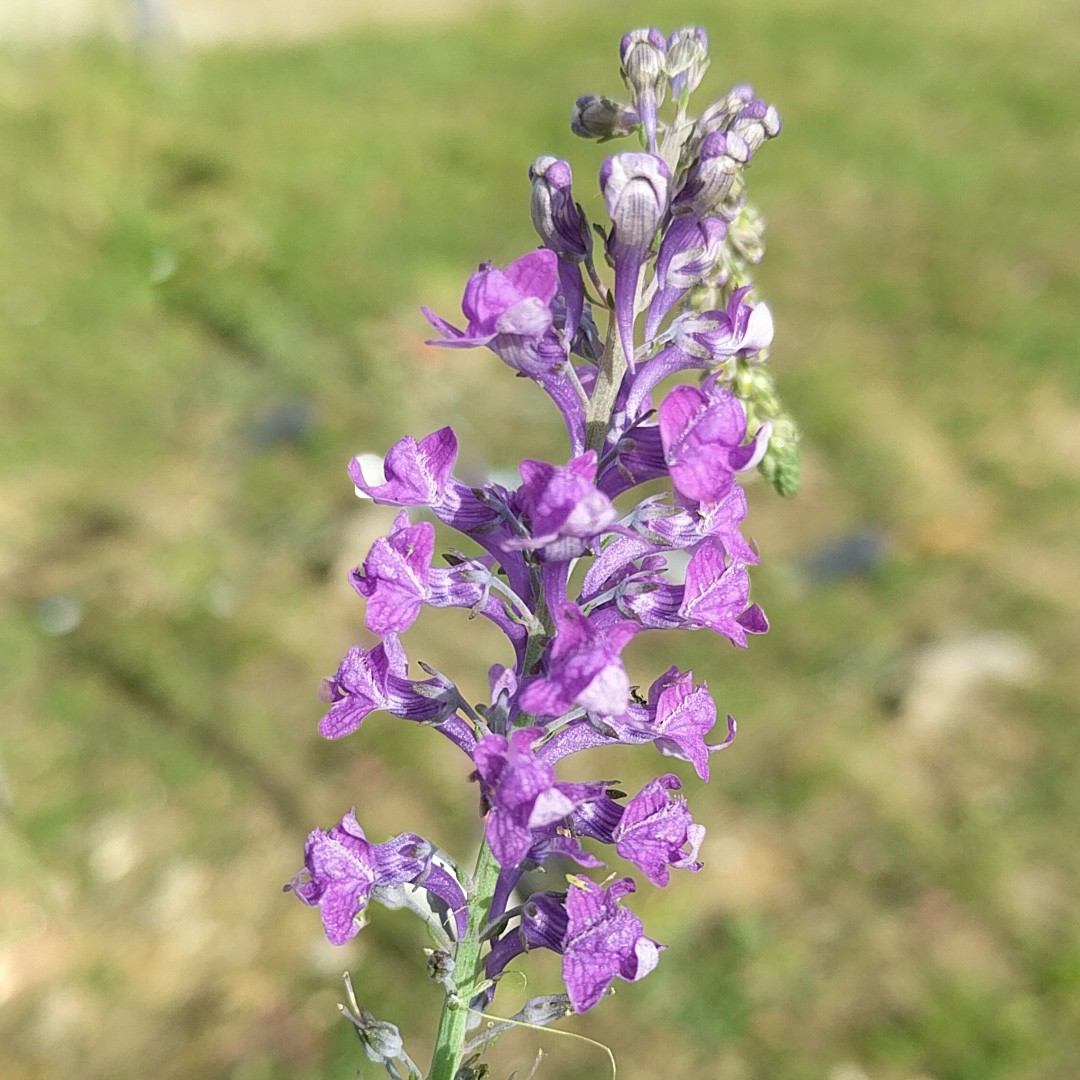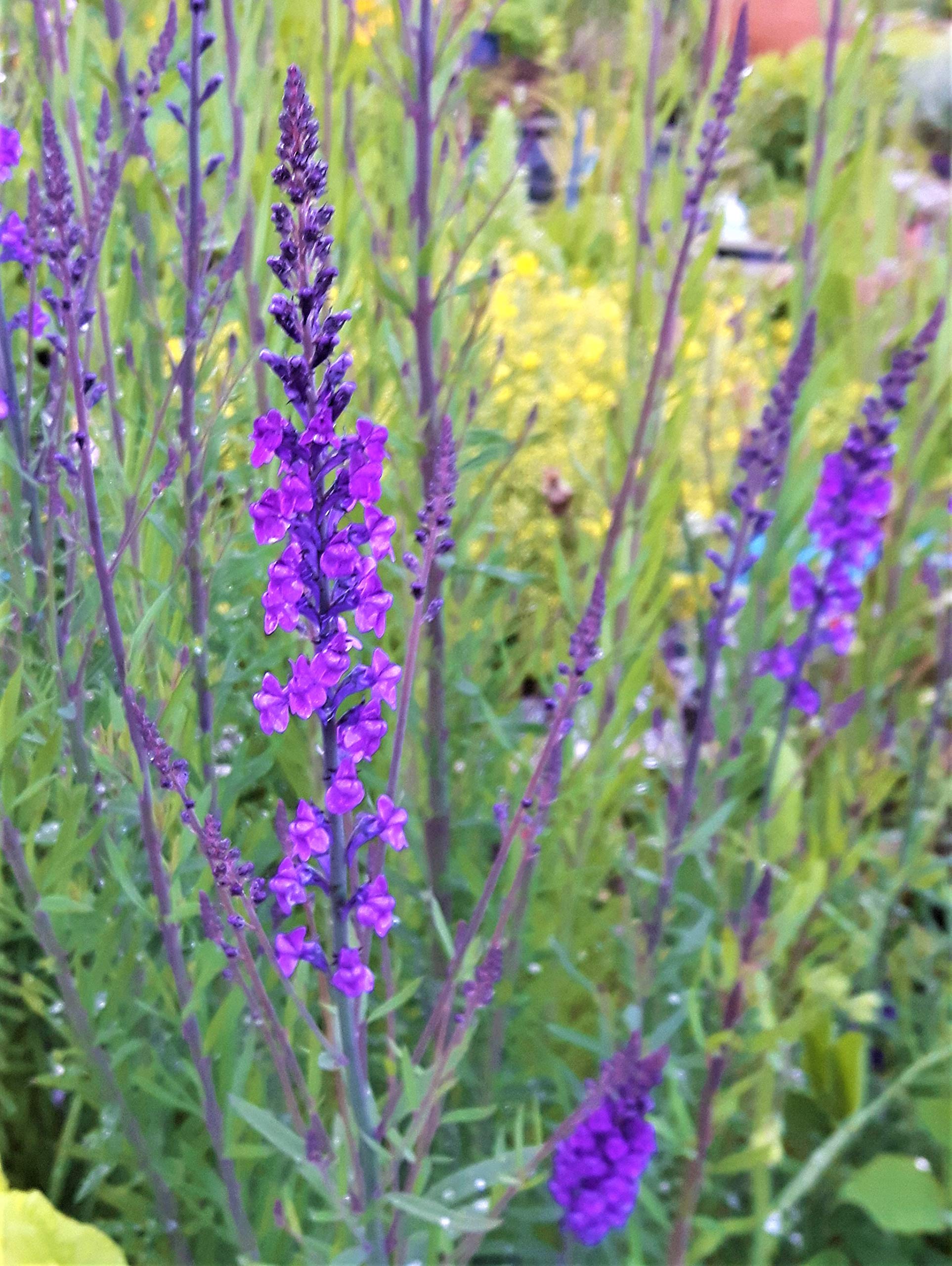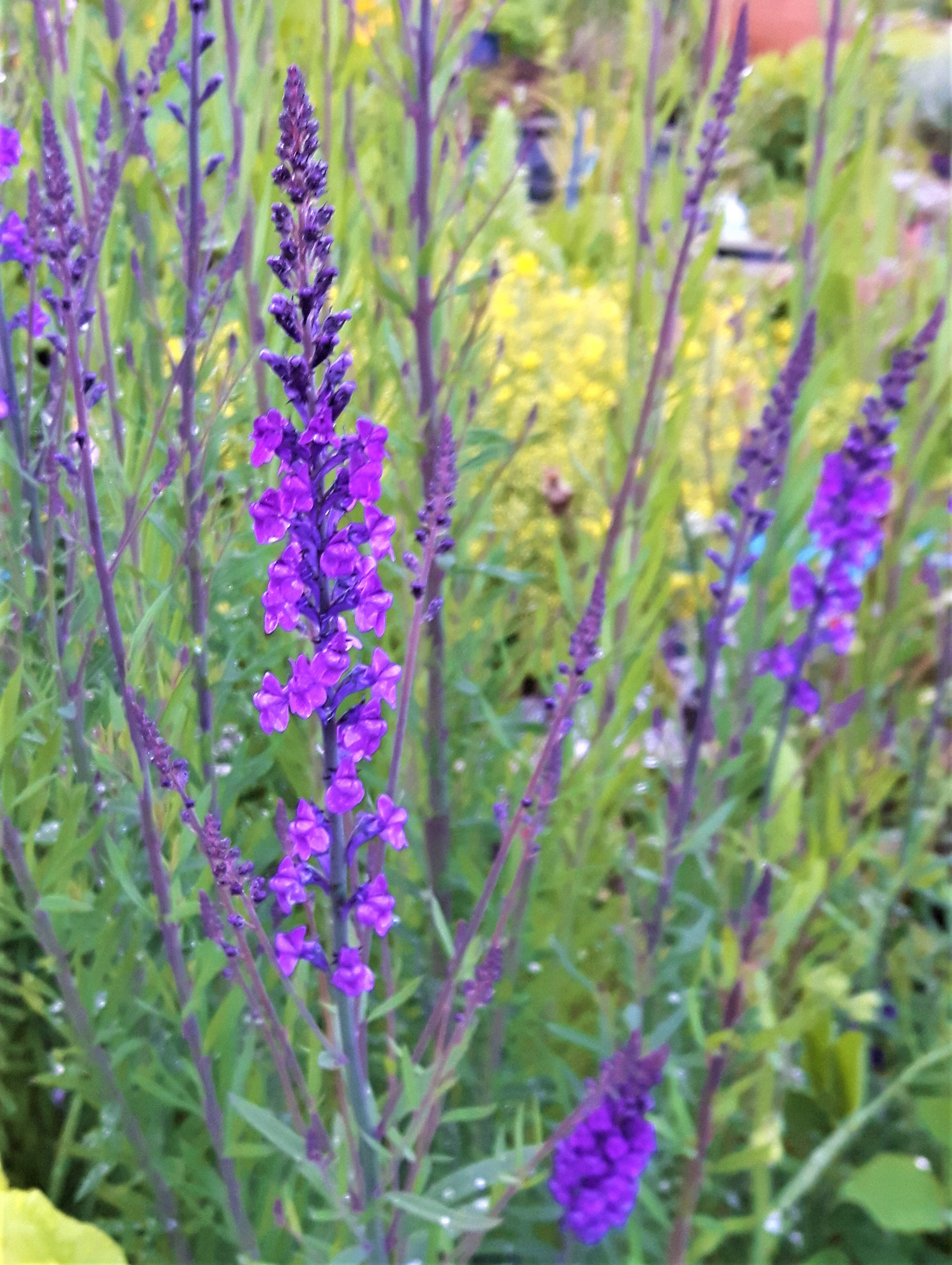Purple Toadflax: The Adjective Flower That Bees Love
Title: Purple Toadflax: The Delightful Flower That Bees Love
Introduction:
Purple toadflax is a beautiful and fragrant flower that is loved by bees. It is native to Europe and Asia, but it can also be found in North America. Purple toadflax blooms in the summer and fall, and its flowers can be purple, pink, or white. The flowers are a good source of nectar for bees, and they help to pollinate other plants. Purple toadflax is a relatively easy plant to grow, and it can be found at most garden centers. If you are looking for a beautiful and bee-friendly flower to add to your garden, purple toadflax is a great choice.
Main Content:
- What is purple toadflax?
Purple toadflax (Linaria purpurea) is a member of the plantain family (Plantaginaceae). It is a herbaceous perennial plant that can grow up to 3 feet tall. The leaves are narrow and lance-shaped, and the flowers are tubular and purple, pink, or white. Purple toadflax is native to Europe and Asia, but it has naturalized in North America.
- Why do bees love purple toadflax?
Purple toadflax is a good source of nectar for bees. The nectar is produced in the flowers, and it is a sweet liquid that bees use to feed their young. Purple toadflax flowers also produce pollen, which is a powdery substance that bees collect to make honey. Bees are attracted to the bright colors of purple toadflax flowers, and they are also attracted to the sweet smell of the nectar.
- How to grow purple toadflax
Purple toadflax is a relatively easy plant to grow. It prefers full sun and well-drained soil. It can be propagated from seeds or from cuttings. Seeds should be sown in the spring or fall. Cuttings should be taken in the summer and rooted in a pot of moist potting mix. Purple toadflax plants will bloom in their second year.
- Benefits of purple toadflax
In addition to being a good source of nectar for bees, purple toadflax also has a number of other benefits. It is a drought-tolerant plant, so it is a good choice for gardens in hot, dry climates. It is also a deer-resistant plant, so it is a good choice for gardens where deer are a problem. Purple toadflax can also be used to attract other pollinators, such as butterflies and hummingbirds.
Conclusion:
Purple toadflax is a beautiful and beneficial flower that is loved by bees and other pollinators. It is a relatively easy plant to grow, and it can be found at most garden centers. If you are looking for a way to attract bees to your garden, purple toadflax is a great choice.
Purple toadflax is a beautiful and easy-to-grow perennial that is native to Italy. It is known for its tall, slender stems and clusters of bright purple flowers. Purple toadflax is a drought-tolerant plant that prefers full sun and well-drained soil. It is also deer-resistant, making it a great choice for gardens in areas with high deer populations.
If you are interested in learning more about purple toadflax, please visit Home Gardening. This website has a wealth of information about the plant, including its care requirements, growing tips, and pest and disease management. You can also find photos of purple toadflax in bloom, as well as information about where to buy the plant.
FAQ of purple toadflax
- What is purple toadflax?
Purple toadflax (Linaria purpurea) is a perennial flowering plant that is native to Italy. It is also known as Italian toadflax, blue flax, and butter and eggs. Purple toadflax has tall, slender stems that are topped with spikes of small, purple flowers. The flowers bloom from late spring to early fall and are attractive to bees and butterflies. Purple toadflax is a relatively easy plant to grow and can be found in many gardens.
- How do I grow purple toadflax?
Purple toadflax is best grown in full sun and well-drained soil. It is not a particularly demanding plant and can tolerate some drought. Purple toadflax can be propagated from seed or by division. If you are starting from seed, sow the seeds directly in the ground in the spring after the last frost. Space the seeds about 6 inches apart. Purple toadflax will also self-seed, so you may find that you have more plants than you bargained for in a few years.
- How do I care for purple toadflax?
Purple toadflax is a low-maintenance plant. Once it is established, it does not require much watering. Fertilize purple toadflax once in the spring with a balanced fertilizer. Deadhead spent flowers to encourage more blooms. Purple toadflax is not susceptible to many pests or diseases.
- Is purple toadflax poisonous?
Purple toadflax is not poisonous to humans or animals. However, the plant does contain a substance called linamarin, which can be toxic if ingested in large quantities. If you have any concerns about the safety of purple toadflax, it is best to consult with a doctor or veterinarian.
- Where can I find purple toadflax?
Purple toadflax can be found at most garden centers. It is also a common wildflower and can be found growing in meadows, fields, and along roadsides.
- What are the benefits of purple toadflax?
Purple toadflax has a number of benefits. It is a beautiful and attractive plant that can add color and interest to any garden. Purple toadflax is also a good source of nectar for bees and butterflies. In addition, purple toadflax has some medicinal properties. It has been used to treat a variety of ailments, including coughs, colds, and sore throats.
Image of purple toadflax
- Purple toadflax in a meadow. The flowers are a deep purple color and are clustered together in a tall, slender stem. The leaves are small and oval-shaped, and they are a light green color.

- Close-up of a purple toadflax flower. The flower is a deep purple color with a white stripe down the middle. The petals are pointed and curled at the ends.

- Purple toadflax in full bloom. The plant is covered in purple flowers. The flowers are clustered together in groups of three or four.

- Purple toadflax in a vase. The flowers are arranged in a vase with some greenery. The flowers are a deep purple color and are still in full bloom.

- Purple toadflax in a garden. The plant is growing in a garden bed. The flowers are a deep purple color and are surrounded by green leaves.
/Toadflax(Purple)_2006_06_24_BoatTrip_283p1.jpg)
- Purple toadflax in a field. The plant is growing in a field. The flowers are a deep purple color and are scattered among the tall grass.

- Purple toadflax in a forest. The plant is growing in a forest clearing. The flowers are a deep purple color and are surrounded by trees and bushes.
/Toadflax(Purple)_2005_06_25_Marple_canal_Chinley075p1.jpg)
- Purple toadflax in a pot. The plant is growing in a pot on a windowsill. The flowers are a deep purple color and are still in full bloom.

- Purple toadflax in a bouquet. The flowers are arranged in a bouquet with some other flowers. The flowers are a deep purple color and are still in full bloom.

- Purple toadflax seed pods. The seed pods are brown and have a pointed tip. They are clustered together on the stem of the plant.

Post a Comment for "Purple Toadflax: The Adjective Flower That Bees Love"